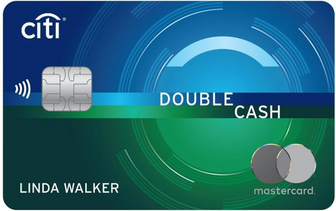
FICO scores indicate a person’s credit history. They are used by creditors to look at existing debt and income. A higher credit score can give you more options and lower interest rates. Landlords and utility companies may also consider your credit score. If you don’t have a high credit score, it may be necessary to increase your score to get a loan.
Payment history
Your payment history is an important factor in determining your credit score. It is a record of when you have paid a debt and how much you owe. Your report will gradually erase older negative entries. The latest FICO model also incorporates trended data covering the past 24 months. This can help lenders assess if your ability to repay your debt completely.
The payment history refers to the payment history for all accounts. It gives lenders a snapshot about your repayment behavior. A missed payment or sending one back to collections can seriously damage your credit score. This is because lenders consider you a high-risk borrower when you miss payments.
Accounts owing
Your credit score can be affected by the number of accounts you have. This category accounts for 30% of your credit score, and directly affects new credit card accounts. This includes all accounts and balances. The greater your chance of being overextended the more accounts that you have.

Your debt can be paid off to improve credit scores. Credit scoring models look at many factors to determine a person's overall credit score, and the amount of debt is a major component of that. A high amount of debt does not automatically make you a higher risk. However it can make it more difficult that you meet your monthly obligations.
Length of credit history
Your credit history is a key factor in determining credit scores. Credit score considers the age and length of each account. At least six months should be sufficient to establish a credit history. If you have opened a brand new account, your history is likely to be shorter.
FICO uses the average account age to determine your credit history. This figure is calculated using the average age of each credit account multiplied by the total number. Credit accounts average around 8 years old. When calculating your credit history, it is also taken into account the duration of each account and the time since their opening. These factors are not publicly disclosed by FICO, however.
New credit
FICO scores are calculated based on recent activity. These include credit application and opening new accounts. Lenders may also consider the time you have been applying for credit and could lower your score. Your score will depend on the type and amount of credit you apply to.
The good news? There are two methods to improve your credit score. Pay your bills on time. Use available credit responsibly. The first step is to review your credit reports. You can have your credit reports within two days. A second way to monitor credit is to set up due-date alerts for your credit card bills. Although this takes some time to set up, it's a good start to improve you credit score.

VantageScore
VantageScore is a credit score that was introduced in 2006. The credit score is based upon the credit report. But VantageScore differs from FICO in the way it is calculated. FICO is based on data from the credit agencies, while VantageScore relies upon data about consumer behavior over two years. Consumers should understand how VantageScore score and FICO scores are different and how they interact.
VantageScore offers both advantages and disadvantages. It is simpler to comprehend and compare. Equifax Experian and Transunion designed the VantageScore System with the goal to be consistent, understandable, and simple. It uses letters grades instead of numbers.